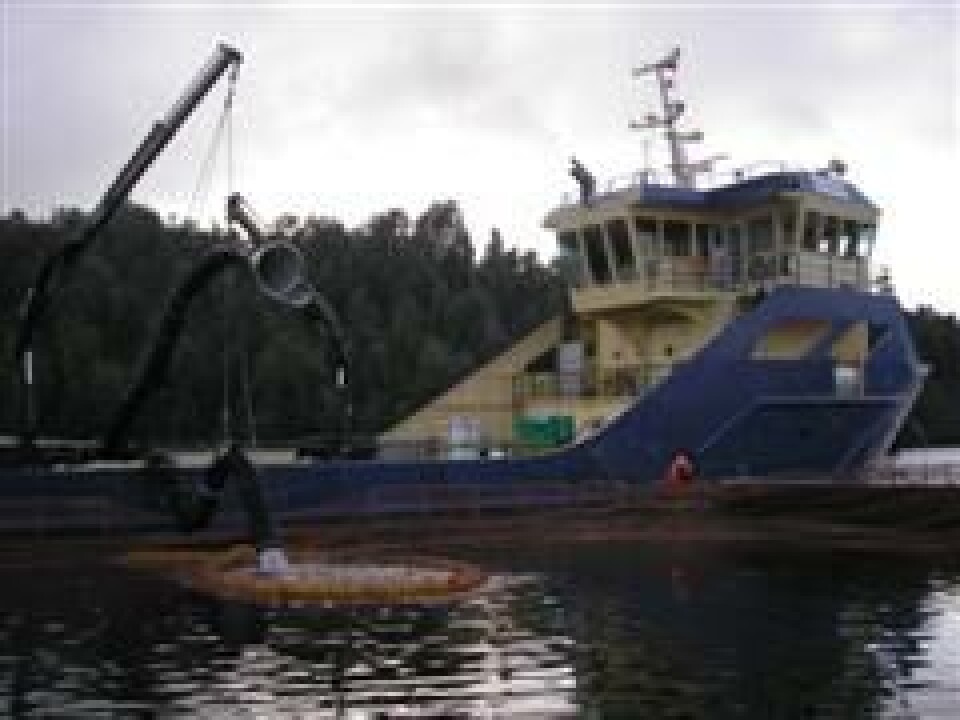
Update on the ISA situation in Chile
Christian Pérez The first days of April, Pesquera Los Fiordos, Camanchaca and Multiexport started using Azametiphos (for the first time in Chile) to control the increasing abundances of sea lice in several farming sites located in the Region of Aysén. Previously, some sites even treated for 3 times in a row using other delousing agents without any success. Allegedly, these first experiences with Azametiphos have been very succesful so far. On April 6th, the National Service of Fisheries and Aquaculture (Sernapesca) confirmed the presence of ISA virus in the farming site "Garrao" belonging to Los Fiordos and located in the north of the Region of Aysén. The isolated virus corresponds to the pathogenic strain HPR 3. As a precautionary measure, Los Fiordos harvested the infected cage one day before confirmation. Four days later, Multiexport reported a suspect case of ISA virus in the farming site "King", located 40 kilometers West from "Garrao". The company harvested the infected cage before confirmation of the virus strain. The results should be presented in the coming days. On April 10th, Sernapesca implemented several extraordinary measures in a zone comprising 11 neighborhoods located in the surroundings of the sites "Garrao" and "King". Around 400,000 tonnes of salmonids are expected to be harvested from this area -known as macro-zone 6, between the years 2013 and 2014. Among other measures, Sernapesca has forced Los Fiordos to harvest the entire "Garrao" site within 30 days; the sampling frequency has increased in the area, to improve surveillance; and no other boats than wellboats with disinfection systems approved by Sernapesca will be authorized to navigate closer than 5.4 nautical miles from the infected site. Besides, some companies (Camanchaca, for example) have voluntarily started early harvests of farming sites with high abundances of sea lice in the area. The kind of sea lice infesting salmon in Chile (Caligus rogercresseyi) has a documented immunosuppressive effect on fish. Besides, causes stress to fish and spreads ISA from fish to fish. Reportedly, an entire team of veterinarians and technicians from Sernapesca was transported to the Region of Aysén to take samples from as much farming sites as possible in the shortest time in order to verify if there are more infected sites in the area.






















































